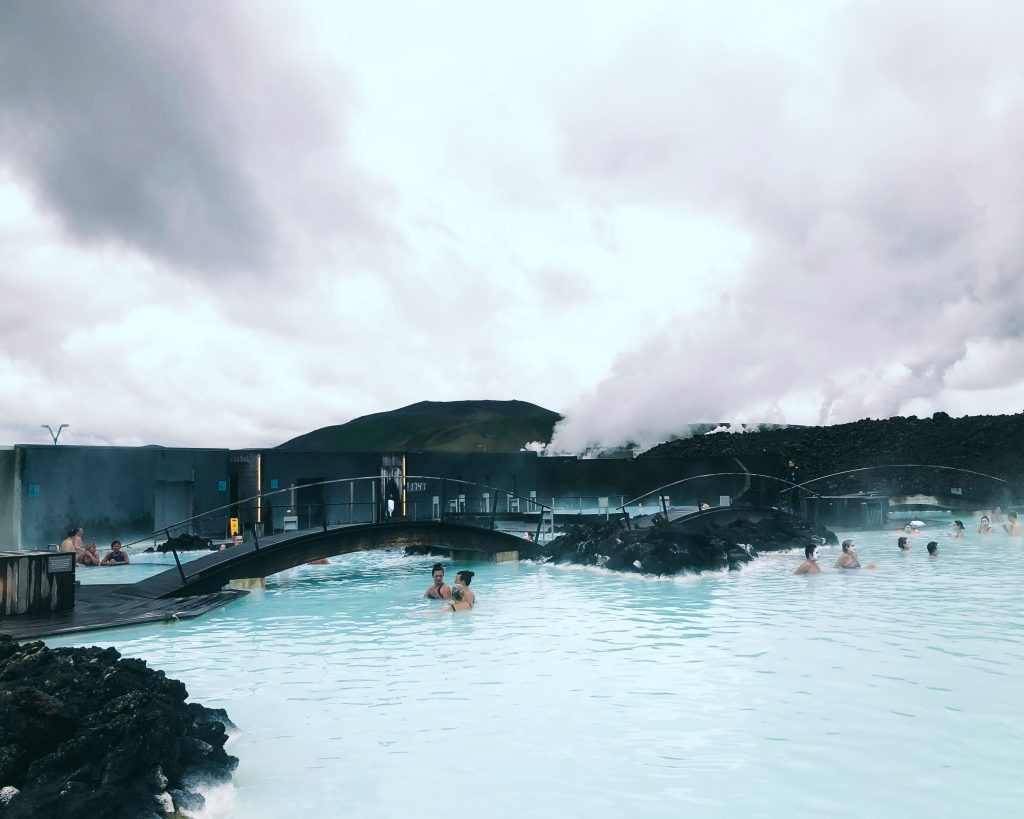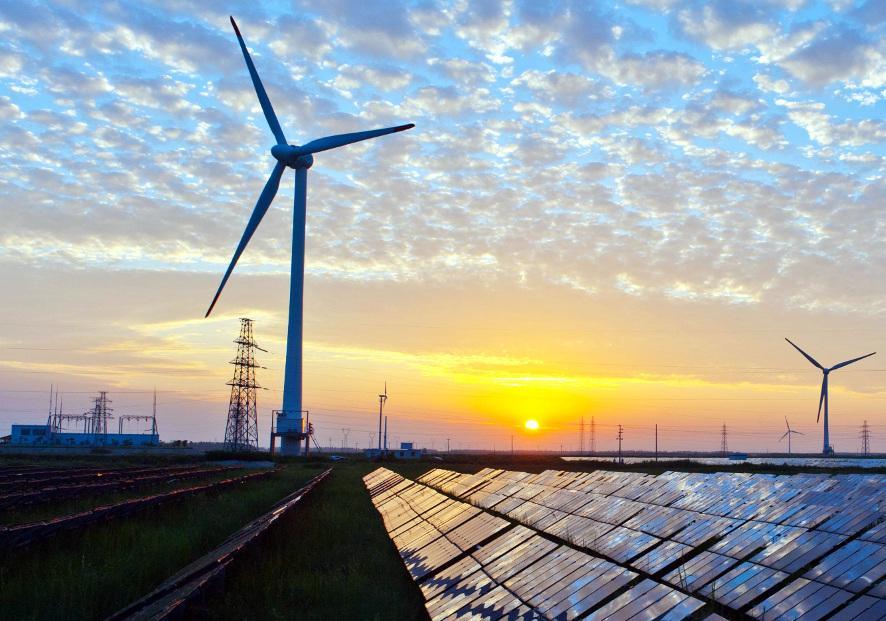Over the coming decades, global warming is set to increase the earth’s temperature by 1.5 ℃. Indeed, a 2021 report from the Intergovernmental Panel on Climate Change confirmed this recently. Fossil fuel emissions are a major cause of this rise. If we don’t act fast to reduce the effects of global warming, this increase could go above 2℃. Thus, we need to introduce more sources of renewable energy, now. We can look to countries such as Iceland as a prime example of how to do this. This is because they recently transitioned to using 100% renewable energy across the nation.
Almost 100% of Iceland’s electricity comes from renewable energy. In this case, the country’s electricity use consists of 75% hydropower, and 25% geothermal energy. Hence, nine out of ten houses use geothermal energy for heating. In fact, most homes and industries use hydro and geothermal power sources. They use this power for melting snow, heating swimming pools, farming fish, greenhouse cultivation, and food processing. Iceland can easily harness geothermal energy, as they live in the most active volcanic region in the world. Plus, Iceland’s glaciers and mountains are the best sources for hydropower electricity.

Why the transition to 100% renewable energy?
Until the early 1970’s, Iceland’s main source of energy was imported fossil fuel. At that time, Iceland was a developing country. As such, their economy couldn’t bear ongoing oil price changes. They were in urgent need of more reliable, and sustainable, local energy sources.
To solve these issues, Iceland took advantage of their country’s location on the Mid-Atlantic Ridge. Living within an active volcanic zone meant easy access to geothermal energy. This energy became one of the main sources of energy that powered up the country.
How did they do it?
Iceland went from one of Europe’s poorest counties at the start of the 20th century, to one of the wealthiest. Moving to 100% renewable energy was a major factor in strengthening the country’s economy.
This process of transition was possible through:
- Open communication and relations between government and public sectors
- Public engagement, and cooperation with local innovators and investors
- Proper legal frameworks that included government funding and support. For example, Iceland’s government introduced a ‘geothermal drilling mitigation fund’ in the late 1960’s. Designed for geothermal research, it provided financial recovery support for failed projects. Government support then encouraged international industrial energy users to invest. These investments helped large scale hydropower development
- Long-term planning and implementation
- Showcasing the success and results, thus motivating people to support the energy transition
Iceland also helps other countries by sharing their knowledge of geothermal energy. They do this through various educational courses. The industry has actually participated in multiple projects worldwide. This included constructing the world’s largest geothermal district heating system in China. They also promoted geothermal energy in East-Africa through the ‘African Rift Geothermal Development Facility Project’. Furthermore, Iceland plans to extend their renewable energy market to countries that use lots of energy, such as Great Britain.

Lessons learned from Iceland
Iceland’s approach to 100% renewable energy shouldn’t be a ‘model for all’. Each country is unique, so the best ways to increase renewable energy use can vary. However, Iceland has showed that developing countries can make a difference as well. The value of strong leadership and a willingness of the public to embrace change are some of the key points to take away from this success story.
Geothermal energy is found in volcanic areas; therefore, it is a limited renewable energy source. However, there are other renewable resources–such as solar and wind energy–that are widely available. Other countries can easily harness these alternatives as renewable energy resources.

However, it is important to remember that installing renewable energy solutions can have problems. It can lead to the degradation of natural landscapes, an increase in health hazards, or even prompt economic losses. Thus, policy makers should also heavily consider potential environmental impacts from renewable energy technologies before implementing such projects.
Iceland’s use of renewable energy is just one instance of how to increase global sustainability. Visit the THRIVE project blog for more information.























